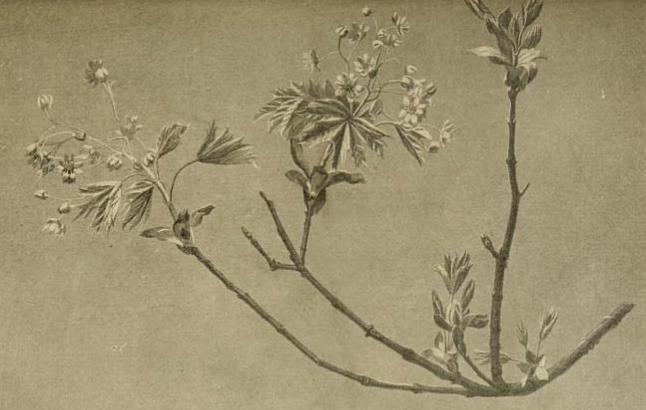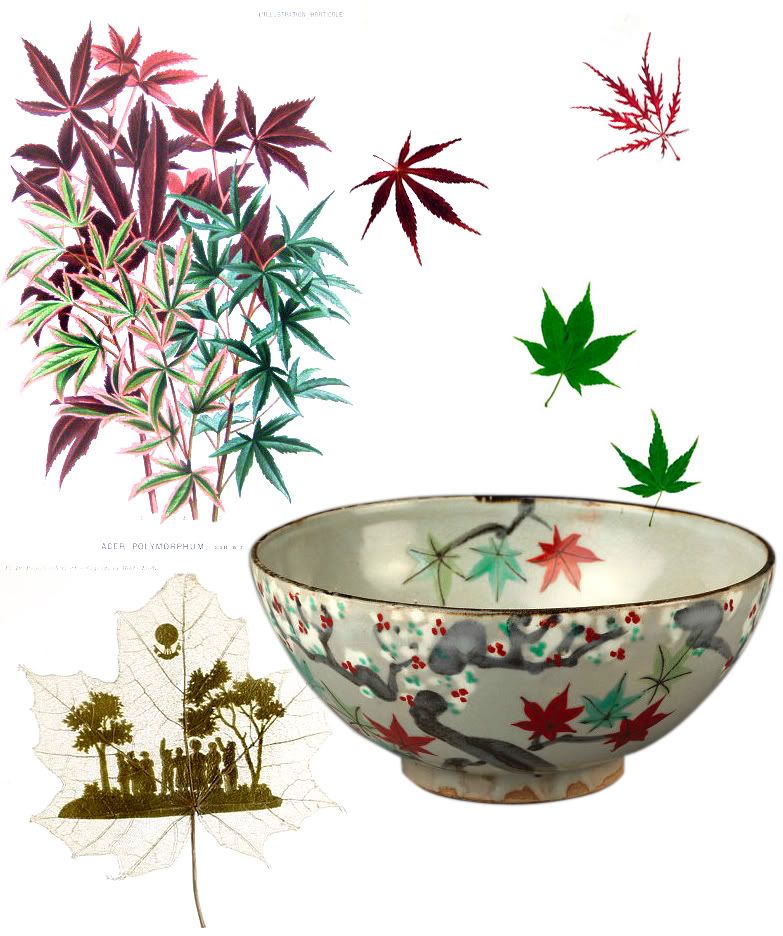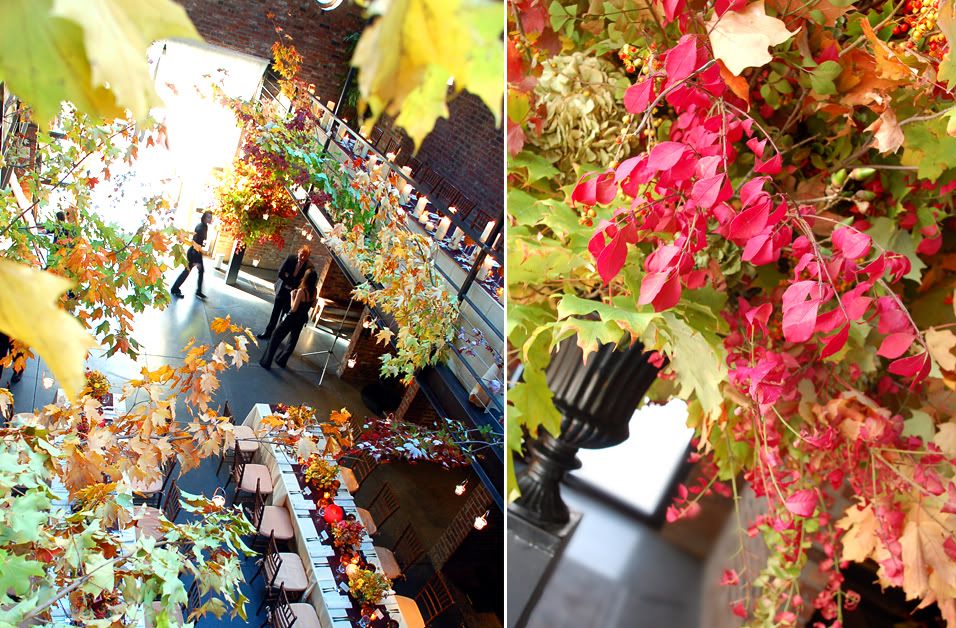
(Fig. 344 from E. Gilg and K. Schumann, "Das Pflanzenreich. Hausschatz des Wissens.", ca. 1900 published by Kurt Stüber

 Various examples of Acer (Sycamore Maple) used in decorative arts :
Various examples of Acer (Sycamore Maple) used in decorative arts :Antique Botanical print of Acer Sycamore
Maple Leaf (pricked with design in reserve) Made in Switzerland ca. 1835, Unknown artist
Porcelain painted in overglaze enamels, early 19th century, Inuyama, Japan
 Fall Wedding at The Foundry
Fall Wedding at The FoundryThe Sycamore Maple was often confused for the biblical Ficus Sycomorus because of their similarly shaped leaves, hence the name. A mature tree grown in deep soil can grow up to 130' high with a width spanning 6.6' or more. The Japanese Acer palamatum is a dwarf tree which can grow from 2'-32' depending on the variety and is closely associated with the high art of oriental gardens. The Japanese common names for their shrub varieties are "hands of frogs" or "babies" because of the delicately pronged leaves. The first Botanist Carl Peter Thunberg also named the species "palmutum" for the same reason.
The many varieties of trees and shrubs in the Acer family are especially showy in the fall when their leaves turn vivid warm colors. This makes them ideal and valuable for areas in the garden where shrubbery is called for. It's also a worthy investment to plant a suckling maple tree in a featured spot which will grow through the years to enormous heights and add a sentimental entity to a family's yard.
In arrangements the blossoms will not survive long after being sheared but the Acer japonicum aureum "Full Moon Maple" (chartreuse in the spring and into the summer) will do better than others and the "Norwegian Maple" A. platanoides, carry bright green blossoms on ebony branches in early spring with moth shaped seedpods which add unexpected texture and a touch of the woodlands to compositions. A. pseudoplatanus "brilliantissimum" (pale coral to lime green in the spring, bright green in the summer and golden orange in the fall) provides luster and a jolt of saturation to any landscape. Hammering the stems of this variety and peeling the bark at least 2" before it drinks will ensure a long lasting life unusual for all other maples. In the fall nothing beats the fiery colors that some varieties offer although they will dry out quickly so should be used immediately for special occasions.
Conditioning: Hammer ends very well and peel bark back then place in warm water. To help sustain the life of specialty varieties for fall themed events place wet newspapers around and through the bundles securing a large plastic bag over and sealing it at the trunks. This technique coupled with refrigeration will keep the leaves fresh for many days.
When preserving the leaves, wire the spine and seal with floral tape for use in future arrangements.







0 comments:
Post a Comment